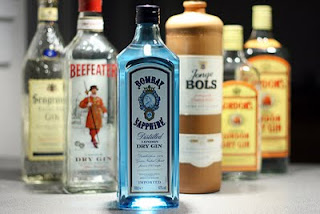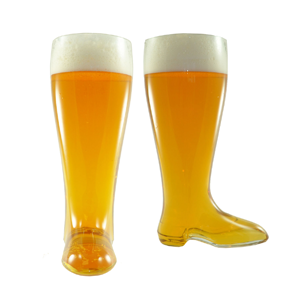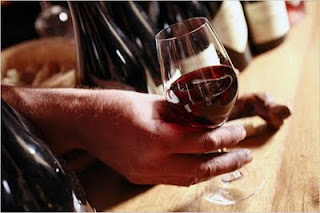T he origin of the GIN can be traced back to 1650 when it was invited by a physician and professor at the leyden University in the Netherlands. His name was Franz de le Boe, otherwise known as Dr Sylvius.
he origin of the GIN can be traced back to 1650 when it was invited by a physician and professor at the leyden University in the Netherlands. His name was Franz de le Boe, otherwise known as Dr Sylvius.
Interested in the medical properties of alcohol, he decided to experiment by adding juniper beeries to a neutral spirit. He did this in an effort to create a medicine for those suffering from kidney ailments aas juniper was well known for its diuretic properties.
 He named the mixture genever, from the French word for juniper- genievre. This spirit was soon the range all over the Netherlands and by 1655, it was being commercially produced by the Bols firm.
He named the mixture genever, from the French word for juniper- genievre. This spirit was soon the range all over the Netherlands and by 1655, it was being commercially produced by the Bols firm.
By 1742, Gin had became the national drink of the masses in England. Its popularity and infamy had became so wide spread that many of the social ill of the time were blamed on it.
Alcoholism and general public drunkenness was caused by gin and several attempts by the government at that to outlaw gin proved futile.
 Gin, as a spirit, found much attention and limelight again during the American Prohibition. During this rather dry and lawless years in the USA, much illegal and dangerous versions of gin were produced, some ever using methanol. These gin were termed bathtub gain as they were sometimes literally produced by mixing a neutral spirit with juniper berries in a bathtub.
Gin, as a spirit, found much attention and limelight again during the American Prohibition. During this rather dry and lawless years in the USA, much illegal and dangerous versions of gin were produced, some ever using methanol. These gin were termed bathtub gain as they were sometimes literally produced by mixing a neutral spirit with juniper berries in a bathtub.
 he origin of the GIN can be traced back to 1650 when it was invited by a physician and professor at the leyden University in the Netherlands. His name was Franz de le Boe, otherwise known as Dr Sylvius.
he origin of the GIN can be traced back to 1650 when it was invited by a physician and professor at the leyden University in the Netherlands. His name was Franz de le Boe, otherwise known as Dr Sylvius.
Interested in the medical properties of alcohol, he decided to experiment by adding juniper beeries to a neutral spirit. He did this in an effort to create a medicine for those suffering from kidney ailments aas juniper was well known for its diuretic properties.
 He named the mixture genever, from the French word for juniper- genievre. This spirit was soon the range all over the Netherlands and by 1655, it was being commercially produced by the Bols firm.
He named the mixture genever, from the French word for juniper- genievre. This spirit was soon the range all over the Netherlands and by 1655, it was being commercially produced by the Bols firm.
By 1742, Gin had became the national drink of the masses in England. Its popularity and infamy had became so wide spread that many of the social ill of the time were blamed on it.
Alcoholism and general public drunkenness was caused by gin and several attempts by the government at that to outlaw gin proved futile.
 Gin, as a spirit, found much attention and limelight again during the American Prohibition. During this rather dry and lawless years in the USA, much illegal and dangerous versions of gin were produced, some ever using methanol. These gin were termed bathtub gain as they were sometimes literally produced by mixing a neutral spirit with juniper berries in a bathtub.
Gin, as a spirit, found much attention and limelight again during the American Prohibition. During this rather dry and lawless years in the USA, much illegal and dangerous versions of gin were produced, some ever using methanol. These gin were termed bathtub gain as they were sometimes literally produced by mixing a neutral spirit with juniper berries in a bathtub.




























